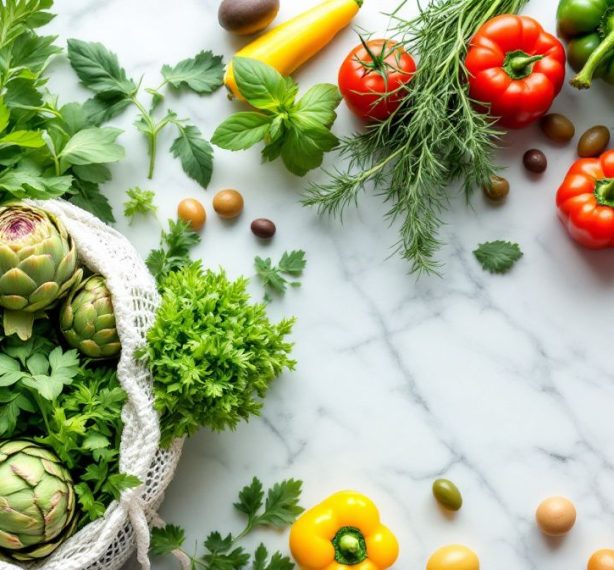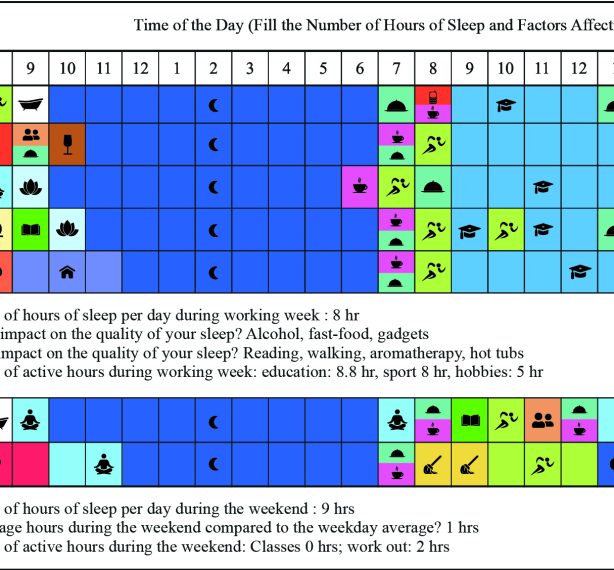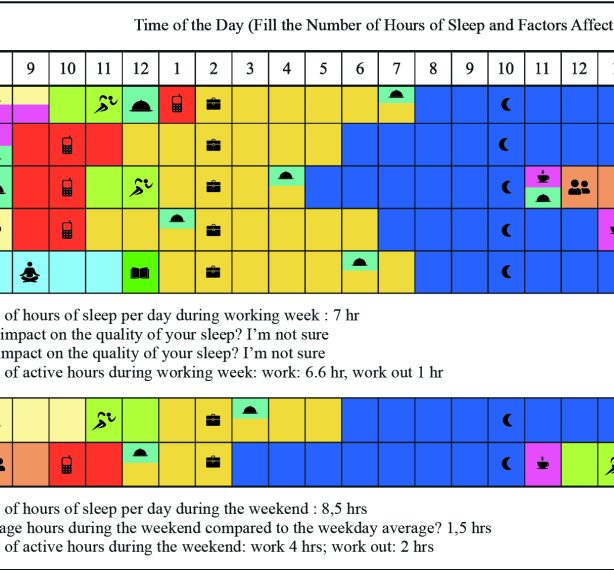
Adopting a vegetarian lifestyle has become more than just a trend — it’s a conscious decision driven by ethical values, environmental awareness, and a desire for better health. But some still believe that vegetarianism and athletic performance don`t go together. The assumption? That a plant-based diet can’t deliver the nutrients needed for muscle growth, energy, and recovery.
The truth is: with thoughtful planning, a vegetarian diet can fully support an active, high-performance lifestyle.
Let’s break down how to build a plant-based diet that fuels training, supports recovery, and helps you stay strong and fit.
Protein: Building Strength the Plant-Based Way
One of the biggest concerns for vegetarian athletes is getting enough protein to support muscle repair and growth. Fortunately, plant-based foods like tofu, chickpeas, lentils, quinoa, nuts, and seeds are all rich sources of protein.
The recommended daily intake for active individuals ranges from 1.2 to 1.7 grams of protein per kilogram of body weight (1).
To maximize absorption and amino acid balance, try:
- Eating protein every 3 hours;
- Including a variety of plant proteins throughout the day;
- Prioritizing protein-rich meals within two hours post-workout to take advantage of increased nutrient uptake and muscle glycogen replenishment.
Even without meat or dairy, you can meet your full amino acid requirements — it just takes variety and consistency.
Complex Carbs: Fueling Energy and Endurance
Carbohydrates are your body’s main energy source — especially during training. They keep your muscles and liver stocked with glycogen, which fuels endurance and performance (2).
Top vegetarian sources include:
- Whole grains (oats, brown rice, quinoa);
- Fruits and vegetables;
- Legumes and root vegetables.
Aim for slow-digesting, low-glycemic carbs that provide a steady energy release throughout the day.
Carb timing matters:
Before a workout:
Consume 1–4 grams of carbohydrates per kilogram of body weight, about 1–4 hours in advance. This helps top off glycogen stores and improves performance.
After a workout:
Replenish glycogen stores by eating 1–1.2 grams of carbs per kilogram of body weight within 30–60 minutes post-training. This is crucial for faster recovery and muscle repair.
Healthy Fats: More Than Just Fuel
Fats are essential — not only for energy, but also for vitamin absorption, hormone balance, and brain and heart health.
Key plant-based fat sources include:
- Avocados;
- Nuts and seeds (especially flax, chia, walnuts);
- Plant oils (olive, flaxseed, algae-based oils).
Omega-3 fatty acids — particularly ALA, EPA, and DHA — are important for reducing inflammation and supporting the nervous system. Vegetarians can get ALA from flax and chia, and EPA/DHA from algae oil supplements or seaweed.
A general guideline: aim for 0.8–1.2 grams of fat per kilogram of body weight daily.
Micronutrients That Matter
While macronutrients fuel your workouts, micronutrients ensure everything runs smoothly under the hood.
Vegetarians should pay special attention to:
- Iron: Found in lentils, spinach, pumpkin seeds, and fortified cereals. Pair with vitamin C-rich foods to enhance absorption (3).
- Calcium: Get it from tofu, leafy greens, and fortified plant milks (4).
- Zinc: Found in nuts, seeds, and whole grains.
- Vitamin B12: Since it’s not found in plant foods naturally, it must be obtained through fortified foods or supplements.
Deficiencies in these nutrients can negatively affect your performance, energy levels, and recovery — so regular blood work and smart food choices are key.
Sample One-Day Vegetarian Training Meal Plan
Breakfast:
Scrambled tofu with spinach, mushrooms, and tomatoes;
Oatmeal with berries and chopped walnuts.
Snack:
Greek-style plant-based yogurt with honey and almonds.
Lunch:
Quinoa bowl with roasted sweet pepper, turmeric, and olive oil;
Spinach salad with avocado, green peas, and lemon dressing.
Snack:
Protein bar made with dried fruit and nuts.
Dinner:
Whole grain pasta with sautéed chickpeas and mixed vegetables.
This kind of meal plan covers all bases: protein, slow carbs, essential fats, and key micronutrients — all from plant-based ingredients.
Science-Backed Strength for Plant-Based Athletes
Despite the myths, vegetarianism and athleticism are 100% compatible. Research continues to show that plant-based athletes can build muscle, recover efficiently, and compete at high levels — just like anyone else (5).
The key? Smart nutrition.
By focusing on a diverse, well-planned diet, you can meet all your needs for protein, carbs, fats, vitamins, and minerals.
Want to thrive on a vegetarian diet and hit your fitness goals? Keep it balanced. Keep it intentional. And when in doubt, talk to a nutritionist or sports dietitian to fine-tune your plan.
Disclaimer: The recommendations in this article are based on general scientific guidelines. Always consult a healthcare provider or registered dietitian before making major changes to your diet, especially if you train intensively or have existing health conditions.
Sources:
- Rogerson, D. (2017). Vegan diets: practical advice for athletes and exercisers. Journal of the International Society of Sports Nutrition, 14(1), 36.
- Thomas, D. T., Erdman, K. A., & Burke, L. M. (2016). American College of Sports Medicine Joint Position Statement. Nutrition and Athletic Performance. Medicine and Science in Sports and Exercise, 48(3), 543-568.
- Lynch, H., & Wharton, C. (2018). Plant-Based Diets: Considerations for Environmental Impact, Protein Quality, and Exercise Performance. Nutrients, 10(12), 1841.
- Larson-Meyer, D. E. (2016). Vegetarian sports nutrition: considerations for athletes. Sports Medicine, 46(5), 677-686.
- Nebl, J.; Haufe, S.; Eigendorf, J.; Wasserfurth, P.; Tegtbur, U.; Hahn, A.: Exercise capacity of vegan, lacto-ovo-vegetarian and omnivorous recreational runners. In: Journal of the International Society of Sports Nutrition 16 (2019), Nr. 1, 23.



